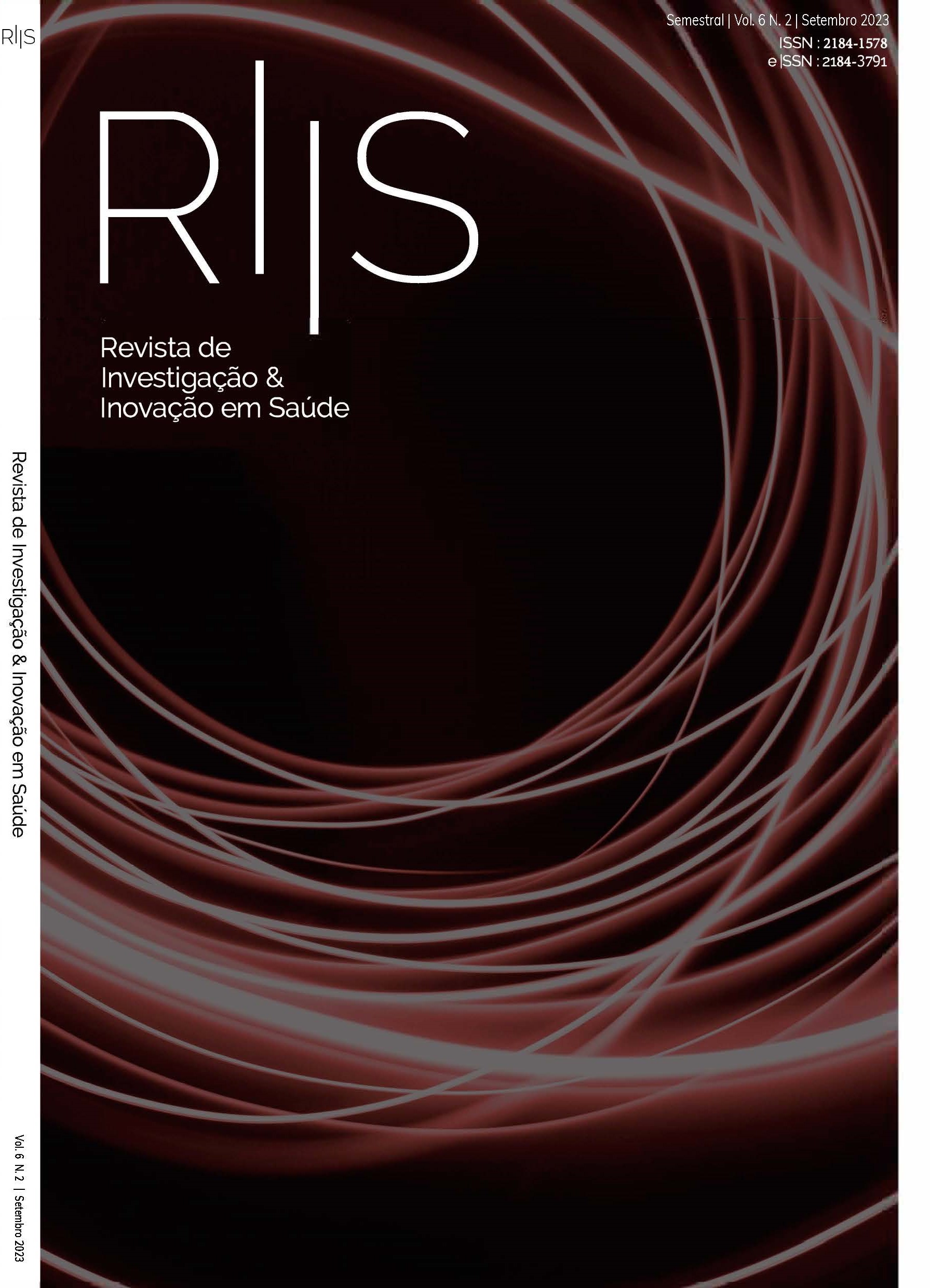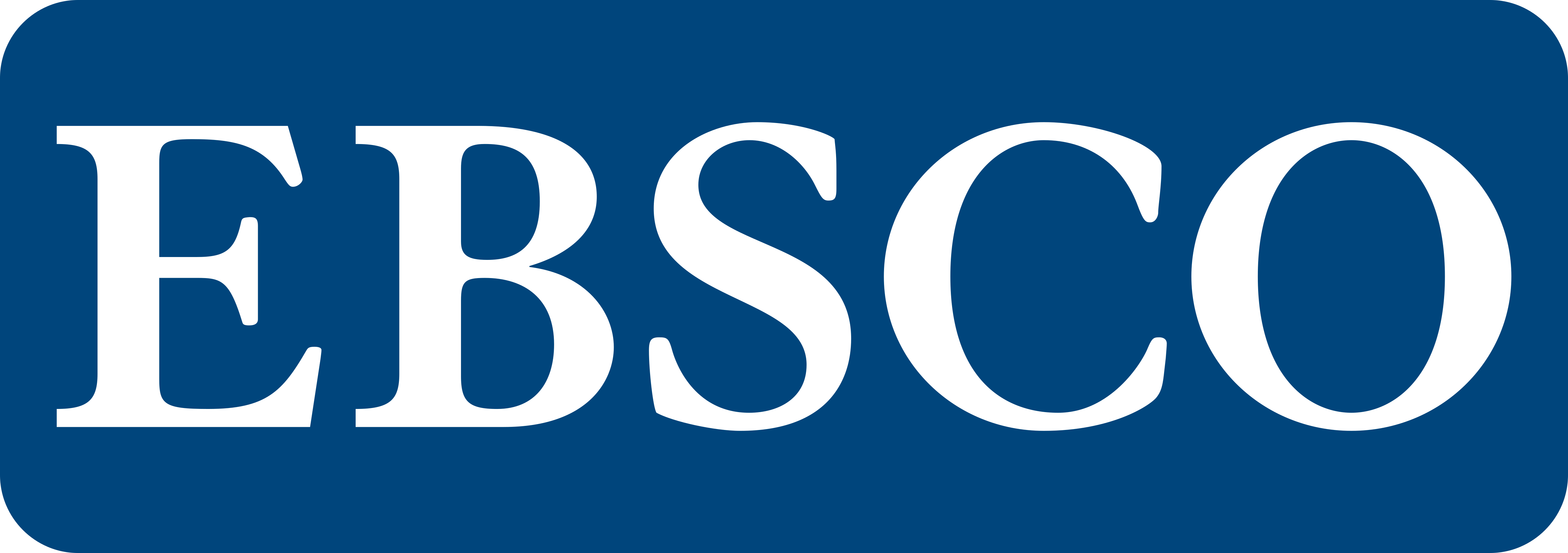Perfil de saúde do utente de acupuntura - um estudo transversal
DOI:
https://doi.org/10.37914/riis.v7i2.301Palavras-chave:
perfil de saúde, acupuntura, qualidade de vida relacionada à saúde, inquéritos e questionáriosResumo
Enquadramento: o potencial para o uso da Acupuntura na saúde das populações e na gestão dos cuidados tem vindo a ser reconhecido pelas mais variadas entidades, apoiada num crescimento da evidência da sua efetividade. Num momento em que o desafio atual se prende com a integração dos profissionais de Acupuntura no Serviço Nacional de Saúde, Portugal carece de estudos epidemiológicos representativos da população que recorre a esta terapêutica. Objetivos: conhecer e avaliar o perfil de saúde do utente de Acupuntura. Metodologia: realizou-se um estudo transversal a uma amostra de utentes de Acupuntura do litoral-norte de Portugal. A recolha de dados foi realizada através de um questionário, composto por questões sociodemográficas e pela aplicação da escala do Perfil de Saúde de Nottingham (PSN). Resultados: a amostra foi maioritariamente constituída por utentes do sexo feminino, de meia idade e profissionalmente ativos. As queixas musculoesqueléticas foram as mais frequentemente reportadas. As medianas das diferentes dimensões do PSN não ultrapassam os 12,57. Conclusão: no geral, a autoperceção do estado de saúde é boa, contudo, as queixas tendem a afetar em particular as dimensões de saúde “dor”, “energia”, “reações emocionais” e “sono”.
Referências
Amaral, P. (2021). Perfil epidemiológico de procura dos utilizadores de medicina tradicional chinesa na região da grande Lisboa [Dissertação de Mestrado, Instituto de Higiene e Medicina Tropical da Universidade Nova de Lisboa]. Repositório da Universidade Nova de Lisboa. http://hdl.handle.net/10362/116934
Amaral, P., & Fronteira, I. (2021). Regulation of non-conventional therapies in Portugal: lessons learnt for strengthening human resources in health. Human Resources for Health, 19(1), 114. https://doi.org/10.1186/s12960-021-00655-3
Austin, S., Ramamonjiarivelo, Z., Qu, H., & Ellis-Griffith, G. (2015). Acupuncture Use in the United States: Who, Where, Why, and at What Price? Health Marketing Quarterly, 32(2), 113–128. https://doi.org/10.1080/07359683.2015.1033929
Birch, S., Lee, M. S., Alraek, T., & Kim, T.-H. (2018). Overview of Treatment Guidelines and Clinical Practical Guidelines That Recommend the Use of Acupuncture: A Bibliometric Analysis. The Journal of Alternative and Complementary Medicine, 24(8), 752–769. https://doi.org/10.1089/acm.2018.0092
Boccolini, P. de M. M., de Lima Sírio Boclin, K., de Sousa, I. M. C., & Boccolini, C. S. (2022). Prevalence of complementary and alternative medicine use in Brazil: results of the National Health Survey, 2019. BMC Complementary Medicine and Therapies, 22(1), 205. https://doi.org/10.1186/s12906-022-03687-x
Cui, J., Wang, S., Ren, J., Zhang, J., & Jing, J. (2017). Use of Acupuncture in the Usa: Changes over a Decade (2002–2012). Acupuncture in Medicine, 35(3), 200–207. https://doi.org/10.1136/acupmed-2016-011106
Ferreira, P. L., & Melo, E. (1999). Percepção de saúde e qualidade de vida: validação intercultural do perfil e saúde de Nottingham. Nursing, 135, 23–29.
Fischer, F., Lewith, G., Witt, C. M., Linde, K., Ammon, K., Cardini, F., Falkenberg, T., Fønnebø, V., Johannessen, H., Reiter, B., Uehleke, B., & Brinkhaus, B. (2014). A Research Roadmap for Complementary and Alternative Medicine - What We Need to Know by 2020. Forschende Komplementärmedizin / Research in Complementary Medicine, 21(2), 6–6. https://doi.org/10.1159/000360744
Huang, C.-W., Hwang, I.-H., Lee, Y., Hwang, S.-J., Ko, S.-G., Chen, F.-P., & Jang, B.-H. (2018). Utilization patterns of traditional medicine in Taiwan and South Korea by using national health insurance data in 2011. PLOS ONE, 13(12), e0208569. https://doi.org/10.1371/journal.pone.0208569
Instituto Nacional de Estatística. (2022). Estatísticas da Saúde - 2020.
Marto, C. M., Ouzounova, P., Casalta-Lopes, J., Botelho, M. F., & Cabrita, A. (2019). A cross-sectional analysis of patient characteristics, health conditions and patient experience at a Portuguese medical acupuncture teaching appointment. Complementary Therapies in Medicine, 47, 102227. https://doi.org/10.1016/j.ctim.2019.102227
McDowell, I. (2006). General Health Status and Quality of Life. Em Measuring Health (pp. 520–703). Oxford University Press. https://doi.org/10.1093/acprof:oso/9780195165678.003.0010
McKenna, S., Hunt, S. M., & McEwen, J. (1981). Weighting the Seriousness of Perceived Health Problems Using Thurstone’s Method of Paired Comparisons. International Journal of Epidemiology, 10(1), 93–97. https://doi.org/10.1093/ije/10.1.93
Meier-Girard, D., Lüthi, E., Rodondi, P.-Y., & Wolf, U. (2022). Prevalence, specific and non-specific determinants of complementary medicine use in Switzerland: Data from the 2017 Swiss Health Survey. PLOS ONE, 17(9), e0274334. https://doi.org/10.1371/journal.pone.0274334
Organização para a Cooperação e o Desenvolvimento Económicos, & Observatório Europeu dos Sistemas e Políticas de Saúde. (2021). Portugal: Perfil de Saúde do País 2021, Estado da Saúde na UE.
Robinson, N., Lorenc, A., Ding, W., Jia, J., Bovey, M., & Wang, X. (2012). Exploring practice characteristics and research priorities of practitioners of traditional acupuncture in China and the EU—A survey. Journal of Ethnopharmacology, 140(3), 604–613. https://doi.org/10.1016/j.jep.2012.01.052
Wong, W., Lam, C. L. K., Bian, X. Z., Zhang, Z. J., Ng, S. T., & Tung, S. (2017). Morbidity pattern of traditional Chinese medicine primary care in the Hong Kong population. Scientific Reports, 7(1), 7513. https://doi.org/10.1038/s41598-017-07538-5
World Health Organization. (2013). WHO traditional medicine strategy: 2014-2023.
World Health Organization. (2018). Declaration of Astana. https://www.who.int/docs/default-source/primary-health/declaration/gcphc-declaration.pdf
Wu, M.-Y., Lee, Y.-C., Lin, C.-L., Huang, M.-C., Sun, M.-F., & Yen, H.-R. (2018). Trends in use of acupuncture among adults in Taiwan from 2002 to 2011: A nationwide population-based study. PLOS ONE, 13(4), e0195490. https://doi.org/10.1371/journal.pone.0195490
Downloads
Publicado
Como Citar
Edição
Secção
Licença
Direitos de Autor (c) 2024 Jonas Marçalo, Carla Machado, Alberto Costa, Catarina Barbosa, Manuela Santos, Paula Carvalho

Este trabalho encontra-se publicado com a Licença Internacional Creative Commons Atribuição 4.0.















